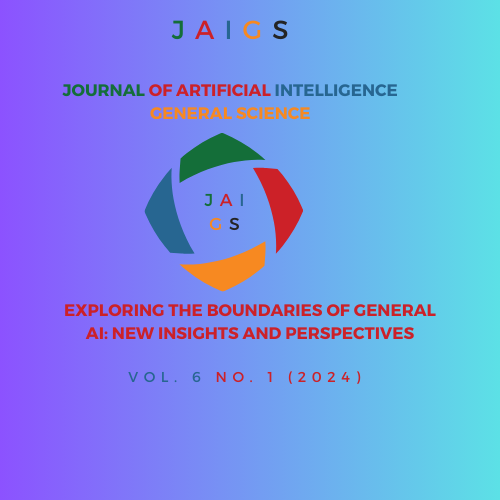AI-Assisted Medical Imaging and Heart Disease Diagnosis: A Deep Learning Approach for Automated Analysis and Enhanced Prediction Using Ensemble Classifiers
Main Article Content
Abstract
In the medical field, early detection of cardiovascular problems is a challenging task. This research aims to improve the accuracy of heart disease prediction through the application of machine learning techniques. Cardiovascular diseases (CVDs), including coronary artery disease, stroke, and peripheral artery disease, are the leading cause of mortality worldwide. Early identification of individuals at high risk of developing CVDs is crucial for preventing adverse cardiovascular events through medical interventions and lifestyle modifications. Machine learning (ML) offers innovative techniques to build predictive models that can accurately estimate CVD risk based on patient data. This review provides a comprehensive overview of recent research on applying ML algorithms for CVD risk assessment. The paper begins with background on CVD epidemiology and risk factors, followed by sections on ML methodology, feature selection techniques, model evaluation metrics, public CVD datasets, and ethical considerations. The main focus is a critical analysis of over 50 studies from 2015-2022 that developed ML models for predicting various CVD outcomes. The performance of classical ML algorithms like logistic regression and random forest is compared with deep learning methods like convolution and recurrent neural networks across diverse patient cohorts. Challenges and limitations around model interpretability, data quality, feature engineering, and external validation are discussed. Overall, the review demonstrates that ML has strong potential to enhance individualized CVD risk estimation and enable personalized preventive care, although more methodological refinement and clinical validation are warranted before full-scale clinical implementation.
Article Details

This work is licensed under a Creative Commons Attribution 4.0 International License.
©2024 All rights reserved by the respective authors and JAIGC
